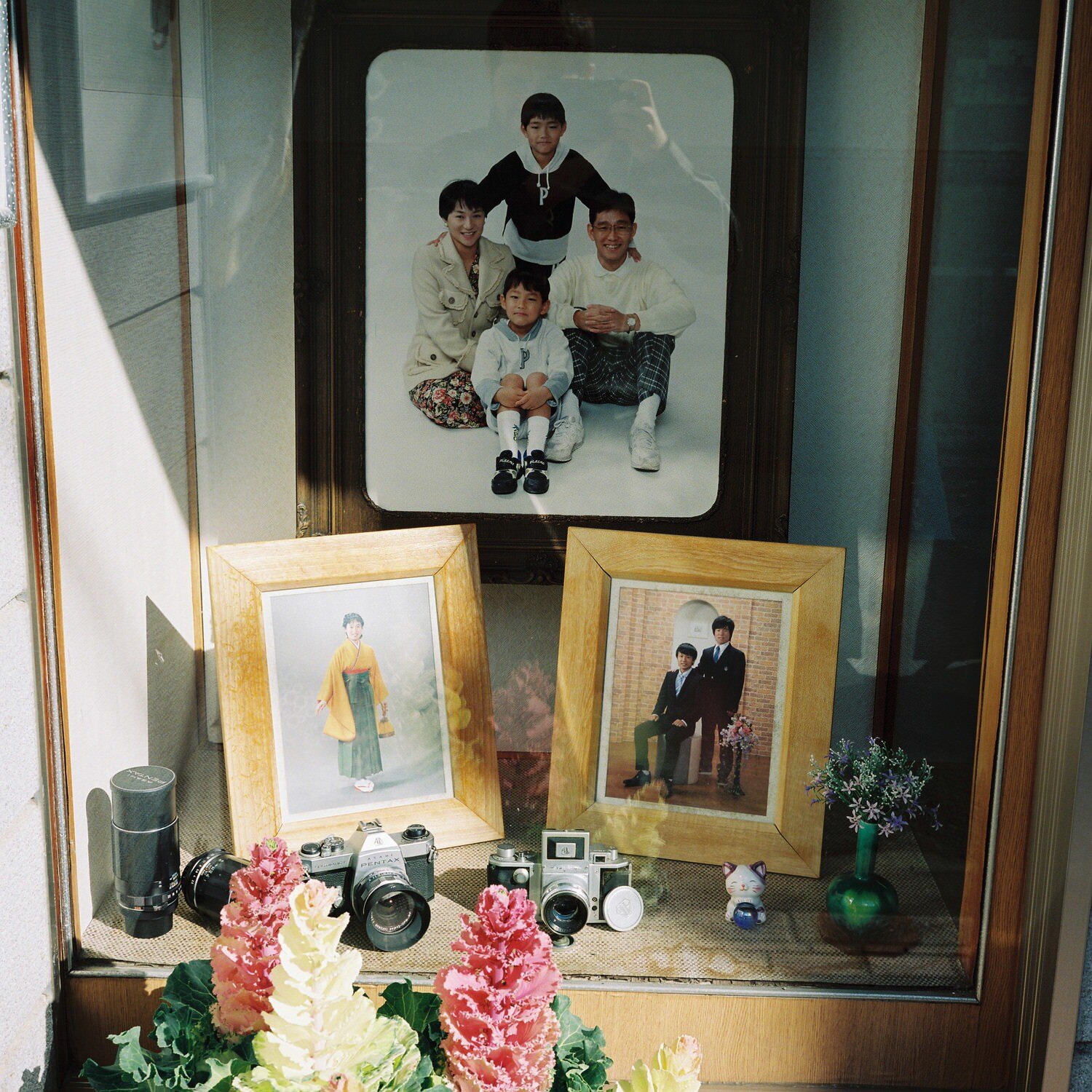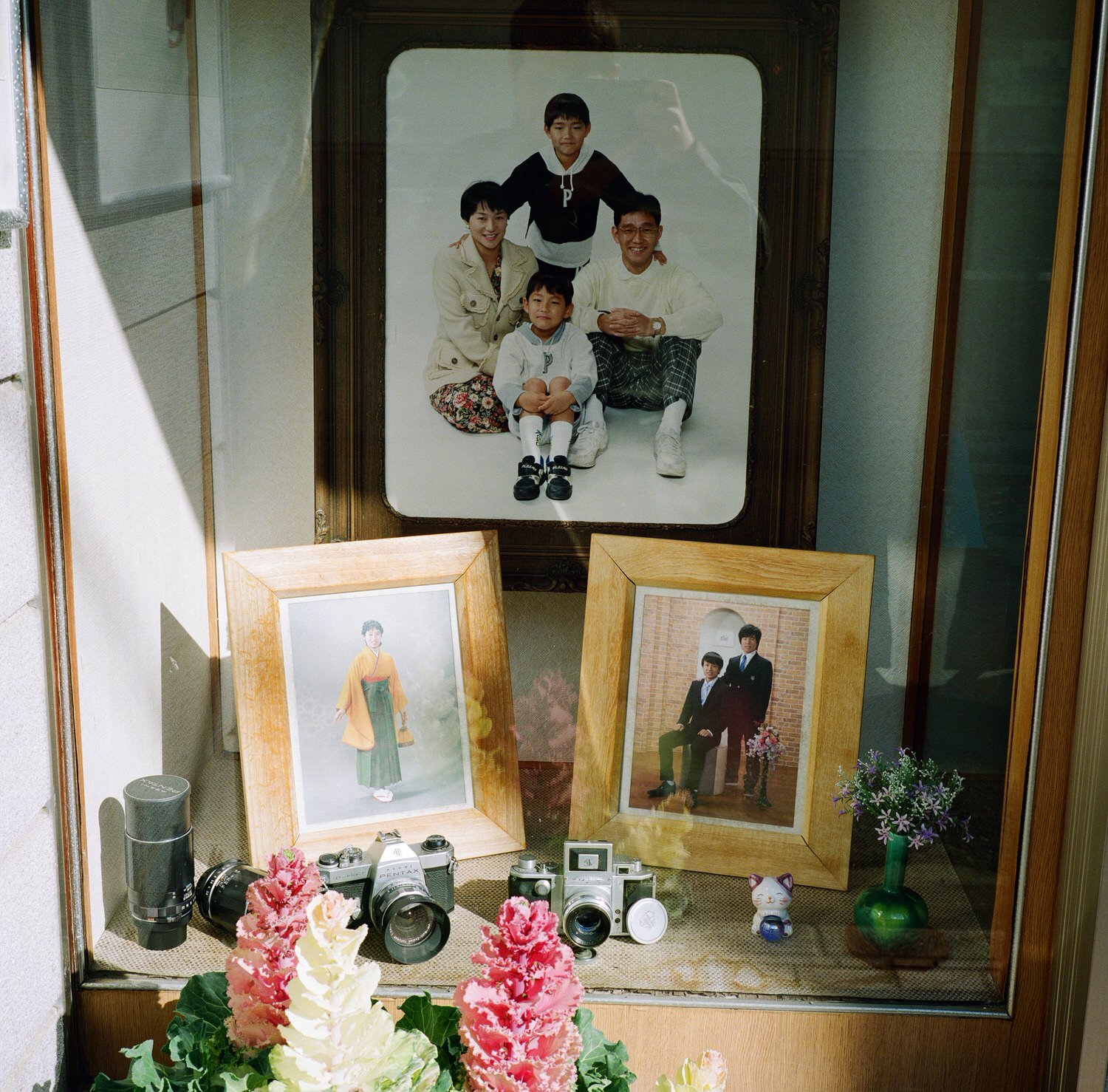Frontier Vs Noritsu
Chances are if you've been shooting film for a while, you've seen work that has been scanned on either a Fuji or Noritsu mini-lab scanner.
These were workhorses back in the day and are still used by most labs around the world due to their ability to consistently produce the colours and tones people shoot film for.
At Ikigai, we use both Noritsu HS-1800 and Fuji Frontier SP3000 scanners to digitise your work. These scanners are similar in many respects, but it’s important to understand the subtle differences between them so you can make a judgement on which one suits your work.
Ultimately, both of these scanners are capable of amazing results and the decision will come down to your personal preference and your communication with us to achieve your desired results.
If you do not have a preference, we will use our experience to choose the best scanner for your work!
So, without further adieu...
Fujifilm SP 3000
Fantastic colour and tonality for colour negative film
Maintains highlight detail very well
Slightly lower resolution than the Noritsu
Black and white has a slightly warmer tint
Punchier contrast
Noritsu HS-1800
Slightly higher resolution than the SP3000
Perfect for black & white, with great shadow detail
Great results for slide film
Black and white images have a more neutral black and white tone rather than warm or cool.
Comparisons
The short answer?
Deciding which scanner to use is mostly personal preference, and we encourage you to have a roll done on both to see which suits you!
However, there are a few instances in which we feel the decision is a bit more objective.
Shooting slide?
Noritsu, every time. The Frontier is sometimes capable of acceptable results with slide, but it does take a lot more work to get there and the scene must be relatively well lit to begin with. The light sources on each of the scanners are different in intensity, and the Noritsu definitely manages to produce more accurate final results faster and more efficiently.
The Noritsu also lets us make edits after we have done your scan. This allows us to match your slides to the scans frame by frames. This is not possible with the Frontier.
Shooting black and white?
In difficult scenes where shadow detail needs to be lifted, we find that the Noritsu produces much nicer results.
For us though, the major determining factor of preferring the Noritsu for black and white scans comes down to the more neutral final image tone, compared to the slightly warmer Frontier result. This warm tint is only a click away in Lightroom from fixing, but it just saves a step! Both are capable of superb black and white results.
The Noritsu does have much more control of shadow, highlight, auto contrast and sharpening options too.
Shooting colour negative?
Despite the slightly lower resolution, the Frontier does have a certain magic about it, especially for wedding work. Both scanners have their own film profiles that are excellent, but we find that the Frontier produces the types of tones and colours most people that shoot film are looking for. If you like a slightly flatter and more neutral look, the Noritsu may be the way to go.
Printing big?
Depends how big! Don't be put off by the resolution differences between these scanners. Resolution is not everything, and there are many factors that go into whether or not your image will look good printed. Viewing distance, lens sharpness, digital sharpening, film speed etc...
We suggest having a chat to the great people over at Image Science if you need large printing done! They are very much the experts in this area.
This is all too much! Will you choose for me?
Absolutely! If you do not have a preference, we will choose the best scanner for the type of work you need done.



















